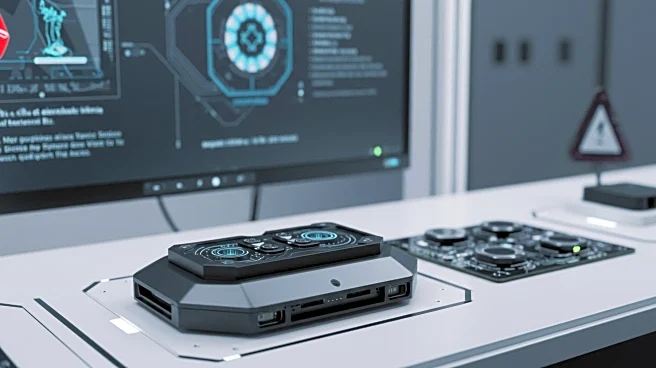What is the story about?
What's Happening?
Researchers have developed a new deep learning-based steganography model designed to enhance big data security. The model utilizes a hybrid encoder-decoder architecture with residual connections, Squeeze-and-Excitation (SE) blocks, and Inception modules to improve robustness and embedding accuracy. The system is optimized for real-time deployment on the NVIDIA Jetson TX2 platform, making it suitable for secure, high-fidelity medical image embedding and reconstruction. The model was tested on various datasets, including MRI brain scans and Optical Coherence Tomography (OCT) eye images, achieving high performance in terms of reconstruction fidelity and robustness.
Why It's Important?
This advancement in steganography technology is significant for the field of data security, particularly in medical imaging. By ensuring high-fidelity reconstruction and robustness against common image perturbations, the model can protect sensitive medical data from unauthorized access. This has implications for telemedicine and other applications where secure data transmission is critical. The model's ability to operate efficiently on edge computing platforms like the NVIDIA Jetson TX2 also highlights its potential for real-time applications in low-resource environments.
Beyond the Headlines
The development of this model underscores the growing importance of integrating advanced machine learning techniques with data security measures. As the volume of data continues to grow, particularly in sensitive fields like healthcare, the need for robust security solutions becomes increasingly critical. This model represents a step forward in ensuring that data can be securely embedded and transmitted without compromising quality or accessibility.
AI Generated Content
Do you find this article useful?












